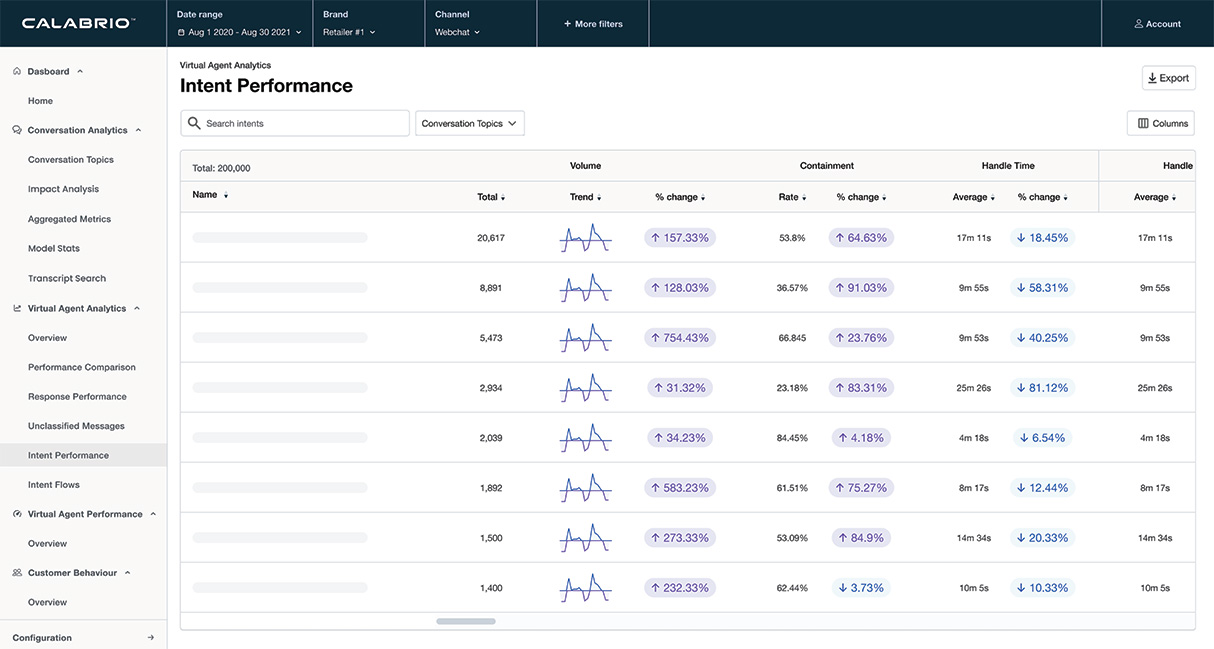Top 7 questions IT professionals ask about WFM
Top 7 questions IT professionals ask about WFM

IT professionals are easy to please so why is life so complicated? Dave Hoekstra at Calabrio explores the niggling doubts that can get in the way of building an efficient Workforce Management (WFM) framework.
IT professionals are easy to please. When it comes to WFM, they just want four things: peace of mind ie that everything is secure and they are working with a technology partner they can trust; an easy user experience because they don’t want to spend huge amounts of time supporting WFM user errors; simplicity for the simple reason that if technology is non-intuitive, people will resort to old habits like spreadsheets and finally high levels of configurability to allow them to use their skills to create a solution specific to their organization.
It all sounds so simple, doesn’t it? Well, it would be if IT were consulted from the very beginning. The first time they typically hear about WFM is when another department is about to sign up to the technology but how do they know if it’s the right thing to do? The answer is to involve IT from the outset and listen to their concerns. Here are the main questions we hear from IT professionals:
IT departments want to be seen as the problem solver, not the problem creator. WFM can become a catalyst for big data transformation.
Top 7 questions IT professionals ask
1. Should I stay on-premise or move to the cloud?
Concerns over cost, time, manpower and doubts over functionality, speed, reliability and security are often shared by IT professionals and senior management.
Surprisingly, fears around job losses following a switch to the cloud are no longer so relevant because the IT department sees automation as an effective tool to cut down their massive ‘to do’ lists. However, questions about the level of disruption are still commonplace.
2. Easy integration – what’s the catch?
Typically, the IT department has four or five different vendors to manage, with four or five different reporting structures meaning sooner or later, the issue of integration rears its ugly head.
The first question IT professionals should ask is why bother to integrate in the first place? Is it really worth the time and expense? After all, WFM does not exist in a vacuum. Once the decision is made to integrate, the debate usually revolves around how to access data and maintain business as usual. For those wishing to maximize investment in an existing platform, discussions then focus on whether the new WFM system can co-exist with the current platform.
3. How can I ensure the security factor?
In an age of hackers and cyber-security threats, reducing risk is often top of the agenda for senior managers and the IT department. How do organizations ensure the integrity of their employee and customer data? What if someone leaves, can they take that data along with them or, in light of recent General Data Protection Regulation (GDPR) legislation, is it even legal to keep their data on the corporate network? If the IT department chooses to outsource WFM these questions become even more relevant.
4. Low effort implementation and maintenance – does such a thing exist?
When it comes to introducing new technology, ‘how much time is this going to take?’ and ‘will it take me away from my day job?’ come top of the list. Loss of status is a major concern for IT professionals especially when external WFM suppliers are involved. How will outsourcing minimize the workload without IT losing ultimate control or getting the kudos for a job well done? Insecurities can quickly eat away at morale so it’s important to nip them in the bud.
5. How do I cope with the flood of data?
Data is a double-edged sword. While it represents knowledge and is recognized as the most valuable asset an organization has – in today’s digitalized world, there can be just too much data. Once WFM is integrated with other systems how will the organization cope with the sheer volume of data that exists and then siphon off what really matters?
IT departments want to be seen as the problem solver, not the problem creator. WFM can become a catalyst for big data transformation.
6. Digital transformation or digital disruption?
Digital transformation is occurring at an unprecedented pace, putting extra pressure on IT professionals who are expected to have a magic wand to transform all things digital. For most IT departments, a measured approach to digital transformation makes sense. For example, consider artificial intelligence (AI). A critical focus for IT is ‘how do I maintain an easy, low-cost and low-risk way to test the waters and start feeling comfortable with AI, while reassuring senior management with quick wins that inspire confidence?’. WFM could hold the answers.
7. How much will WFM steal from my IT budget?
Cost is a perennial issue. ‘How much will a cloud-based WFM implementation wipe off my IT budget?’ is a regular question. IT professionals want to know the truth about going cloud and adopting a subscription-based payment model – ‘will the benefits really outweigh the initial costs or is that just marketing hype?’ With so many solutions on the market, it can be difficult to shortlist the ones that deliver on their promises. It is often just a case of asking the right questions.









